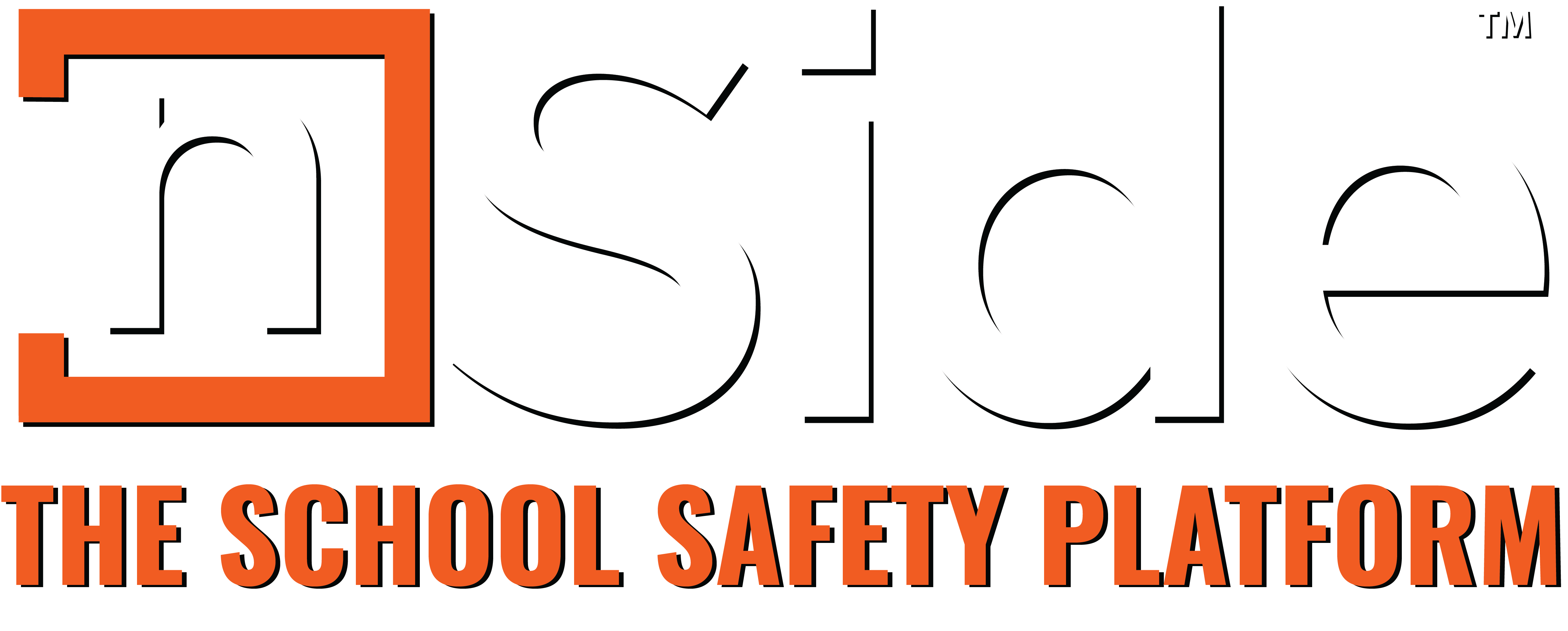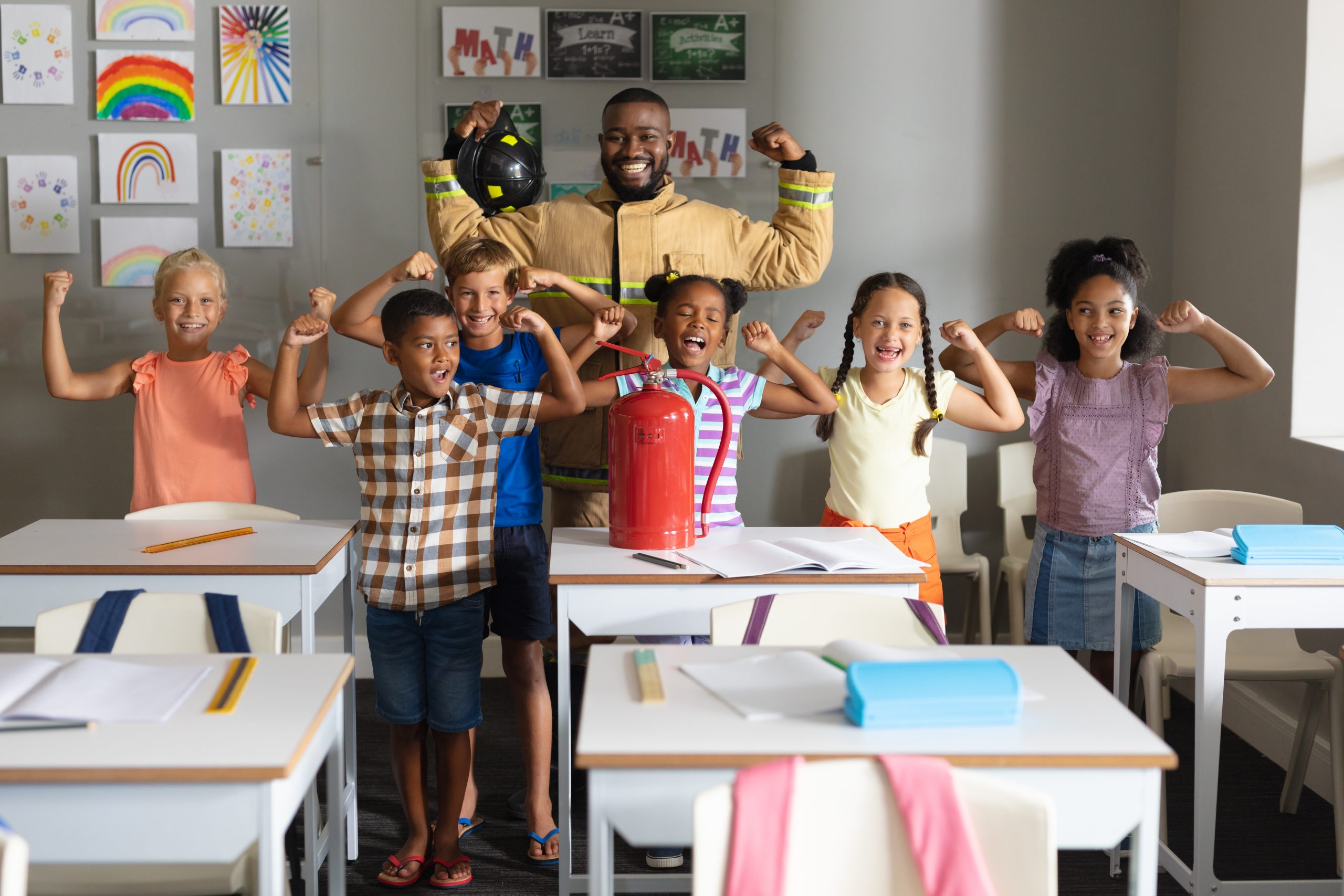Engaging students in safety drills, emergency preparedness programs, and safety committees equips them with essential knowledge and skills for effective responses in emergencies. This not only empowers students but also fosters a collaborative environment that encourages open communication between students and staff, enhancing the overall safety culture within the school. When students see their input valued and recognize their role in maintaining safety, it builds trust and strengthens relationships with school staff.
By leveraging students' crucial role in school safety, we create a more secure and supportive learning environment for everyone.
Simple safety rules should be emphasized, such as not talking to strangers, understanding the importance of staying with a group, and knowing basic emergency procedures like where to go during a fire drill. By integrating these lessons into their daily routines, elementary students can develop a foundational understanding of safety that will serve them well throughout their school years.
American Red Cross - RedCross.org
Education.com - Education.com
AAA School Safety - AAA.com
Storytelling and Role-Playing: Use storytelling and role-playing activities where students act out different safety scenarios and solutions.
Creative Arts Projects: Engage students in creating safety posters, songs, or skits that highlight important safety messages.
Reward Systems: Implement a reward system where students earn badges or certificates for demonstrating safe behavior or participating in safety activities.
Bullying prevention is another important area to address. Middle school is a critical period for social development, and students may encounter various forms of bullying, including physical, verbal, and cyberbullying. Engaging activities such as role-playing scenarios and group discussions can help students recognize different types of bullying, understand the impact on individuals, and learn effective ways to prevent and address bullying.
By building on existing knowledge and incorporating more complex safety topics, middle school students can develop a deeper understanding of how to navigate both physical and digital safety challenges in their daily lives.
Be Internet Awesome by Google - BeInternetAwesome.com
Escape Room Activities: Develop escape room-style activities that require students to solve safety-related puzzles and challenges.
Safety Clubs: Start a safety club where students can plan and participate in fun safety-related projects and events.
Interactive Workshops: Conduct interactive workshops with fun, hands-on activities, such as first aid training using mannequins or safety drills with role-playing elements.
Digital Safety Games: Use digital platforms to create safety-themed video games or apps that teach students about online and physical safety.
Finally, it’s important to address recognizing more dangerous situations. High school students should be trained to identify and respond to potential threats or dangerous behaviors, such as substance abuse or physical violence. Providing scenario-based training and discussions about recognizing and reporting such issues can empower students to act responsibly and support a safer school community.
By integrating these advanced safety concepts into high school activities, schools can prepare students with the skills and knowledge necessary to handle a variety of safety-related situations effectively.
Interactive Simulations: Use virtual reality (VR) or augmented reality (AR) to create immersive safety training simulations.
Student-led Safety Campaigns: Allow students to design and run their own safety awareness campaigns, complete with social media engagement and school-wide events.
Safety-themed Escape Rooms: Set up more advanced escape room activities with complex safety scenarios that require teamwork and critical thinking to solve.
By introducing age-appropriate safety concepts, engaging students through interactive activities, and implementing advanced safety training, schools can empower students with the knowledge and skills needed to contribute to a safer environment. Encouraging a culture of reporting through anonymous systems like nSide|Tips™ further supports this effort, providing a confidential way for students and community members to share concerns and enhance school security.
The long-term benefits of these initiatives are significant. A more inclusive approach to safety not only protects students but also builds trust and collaboration within the school community. By actively involving students in safety protocols, schools lay the foundation for a secure and supportive learning environment where everyone plays a vital role in maintaining safety. Let’s take these insights and put them into action to create a safer, more engaged school community.
With nSide|Tips™, tips are completely anonymous, which can significantly encourage students and community members to come forward with information they might otherwise hesitate to share. The system allows anyone—students, parents, family members, or community members—to report concerns without revealing their identity. School administrators receive notifications when tips are submitted, enabling them to address issues promptly and effectively.
In addition to nSide|Tips™, schools can consider implementing other anonymous reporting tools, such as suggestion boxes and dedicated phone lines. These tools offer multiple channels for reporting safety concerns and further reinforce the importance of a secure and responsive reporting environment.
By fostering a culture where reporting concerns is encouraged and supported, schools can enhance their safety measures and ensure a more secure environment for all students.
nSide’s mission is to provide educators, administrators, and safety personnel with the resources they need to prioritize safety, enhance preparedness, and foster a culture of safety within their schools.



